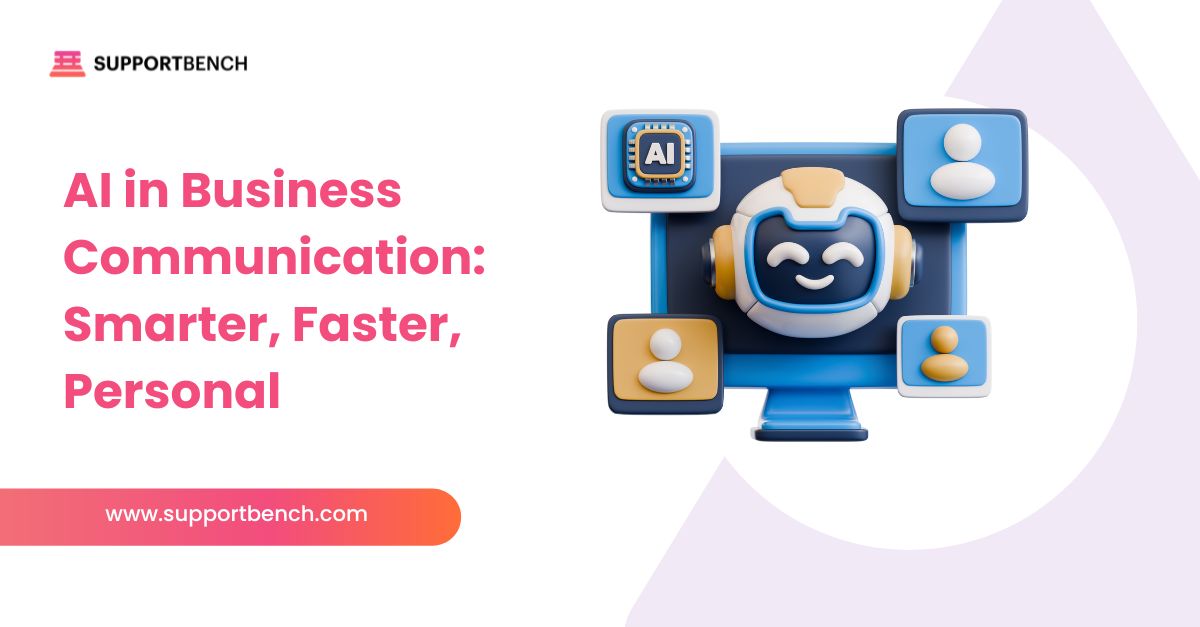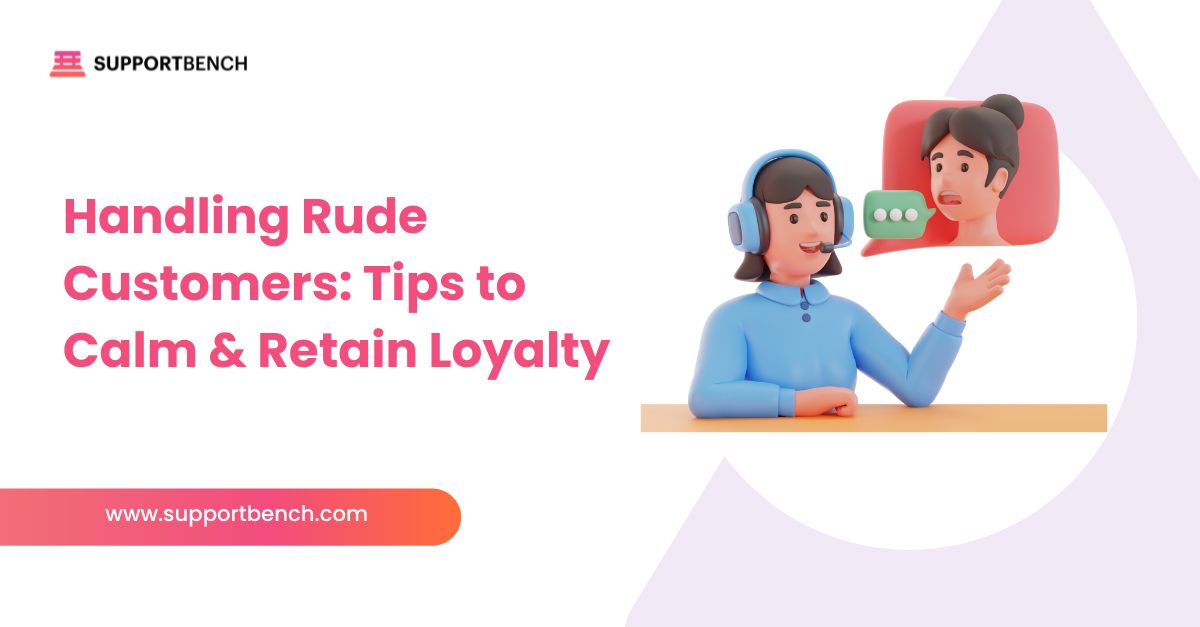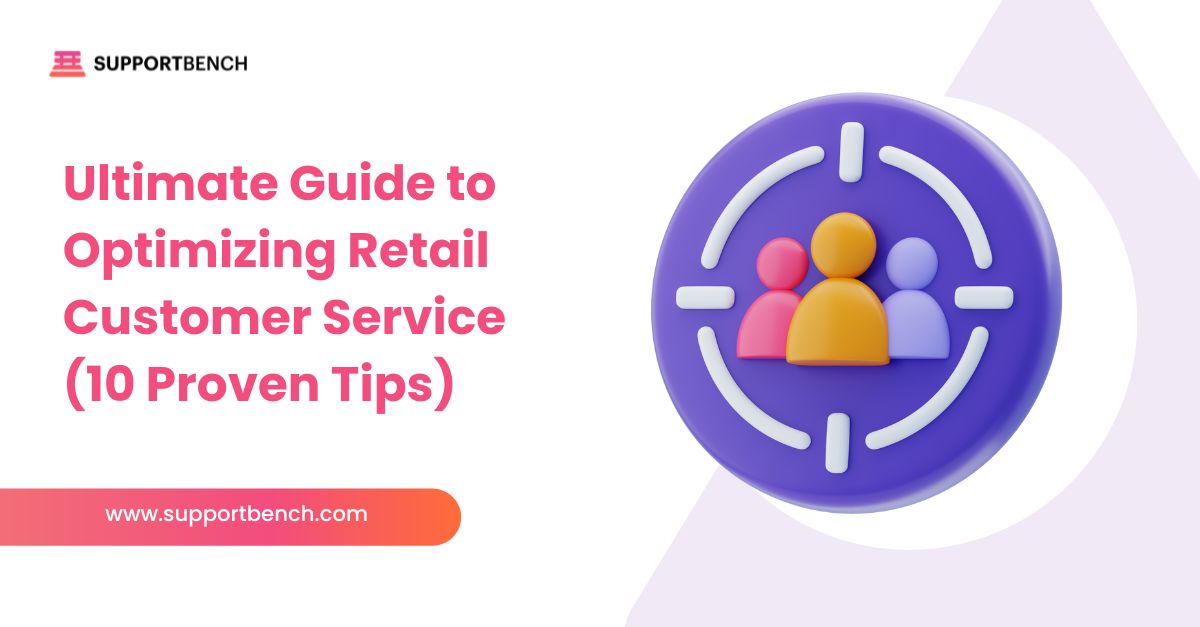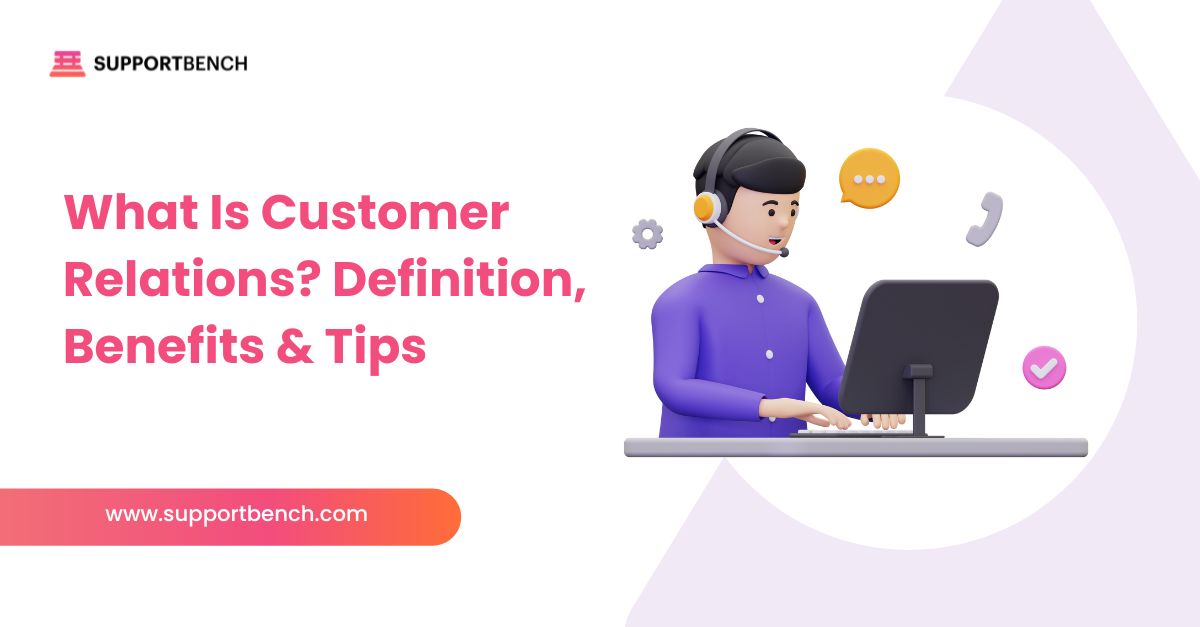Join the best Powering 100,000+ of the best customer experiences
Join the best Powering 100,000+ of the best customer experiences
Join customer support hackers from around the world that receive SupportBlog—the Supportbench Blog Newsletter.



Artificial intelligence (AI) is no longer a distant idea. It is shaping how businesses communicate every day. From customer service chatbots to predictive analytics in

Every business will face rude or angry customers at some point. The way your team responds determines not only whether the immediate problem gets resolved,

Small businesses face increasing pressure to manage customer relationships effectively with limited staff and resources. A well-structured CRM system can make the difference between growth

Great customer service sets businesses apart. Companies that prioritize quick, helpful, and personalized support build stronger customer relationships and long-term loyalty.For many retailers, maintaining this

Strong customer relationships are at the heart of every successful business. Success is no longer just about delivering quality products or services. It’s also about

Bad customer service isn’t just a single mistake. It’s a pattern of friction, miscommunication, and lack of care that frustrates customers and damages a company’s

Subscribe to Our SupportBlog and receive exclusive content to build, execute and maintain proactive customer support.

Free Coaching

Weekly e-Blasts

Chat & phone

Get the latest posts in your email